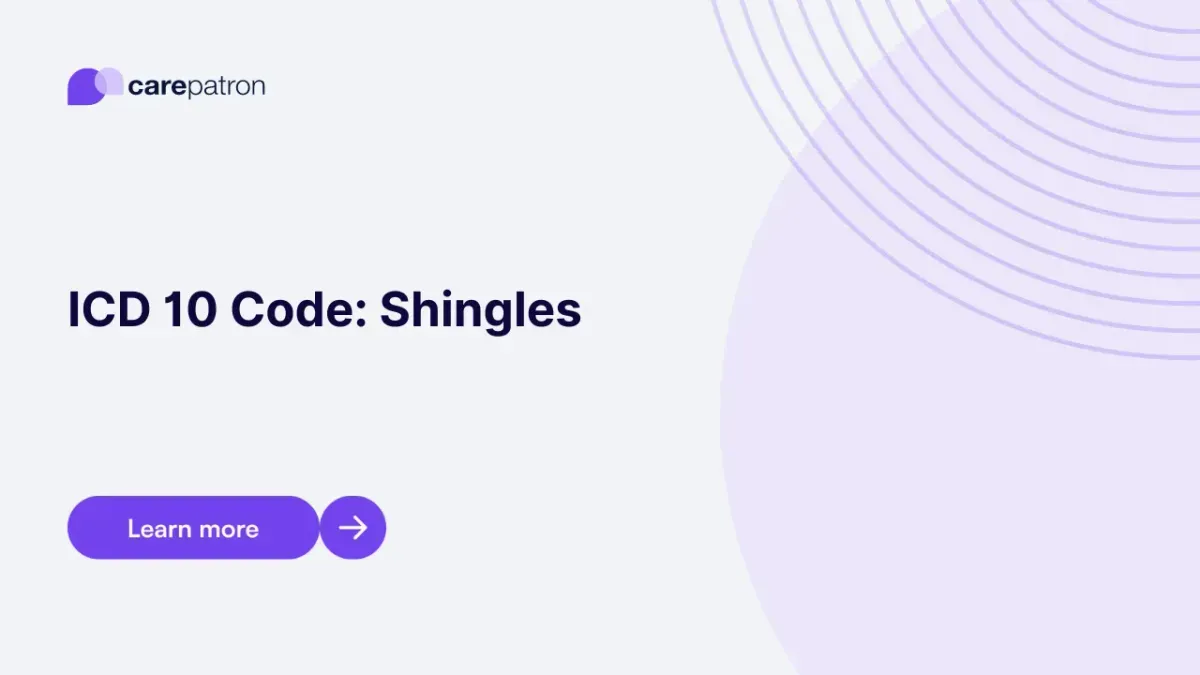
Shingles ICD-10-CM Code
Learn the ICD-10 Codes Used for Shingles diagnosis. Gain insights into the importance of accurate medical coding for billing and tracking purposes.
Use Code
Commonly asked questions
Use a Shingles ICD code when documenting a patient's medical condition for billing and tracking purposes, typically in healthcare settings, to indicate the presence of shingles or any related complications.
Common treatments for Shingles Diagnosis Codes include antiviral medications, over-the-counter pain relievers, topical treatments for rash relief, and, in some cases, anticonvulsant medications to manage postherpetic neuralgia, a chronic pain condition following shingles.
A diagnosis code for Shingles conveys essential information about the patient's medical condition to healthcare providers, insurers, and billing systems, enabling accurate record-keeping, reimbursement, and clinical decision-making regarding shingles or their complications.
EHR and practice management software
Get started for free
*No credit card required
Free
$0/usd
Unlimited clients
Telehealth
1GB of storage
Client portal text
Automated billing and online payments
